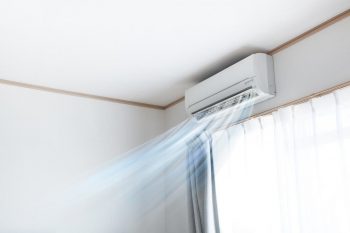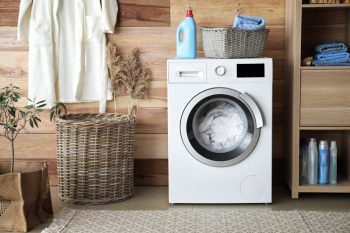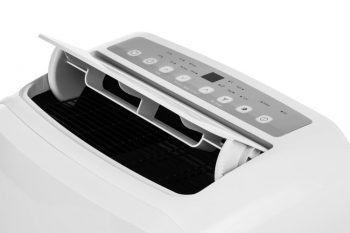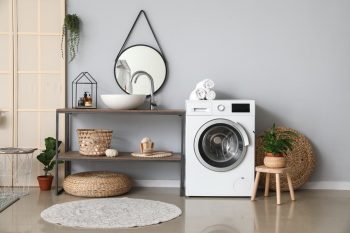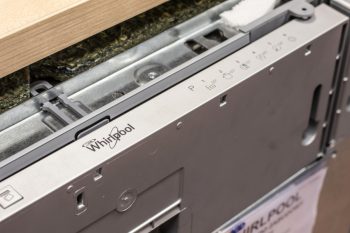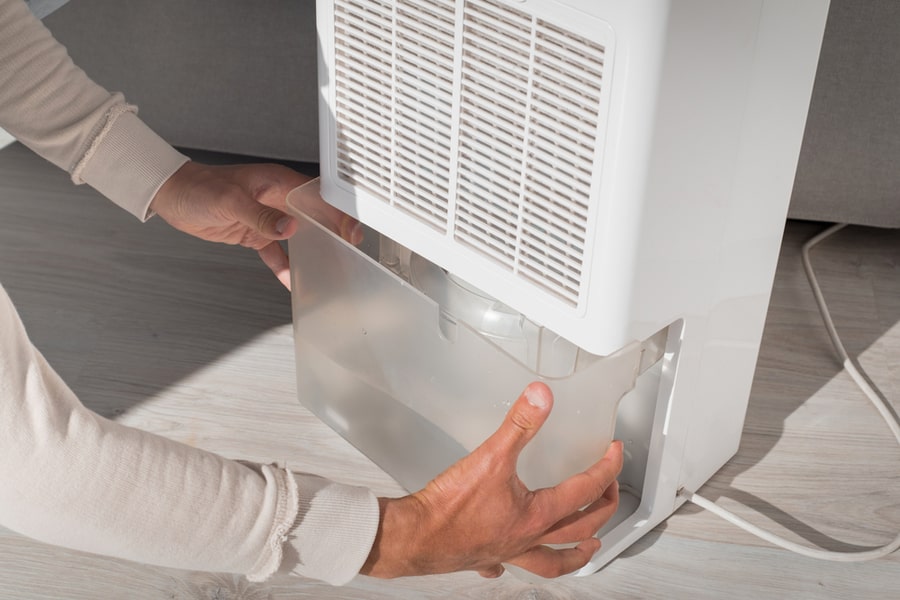
It is not unusual to wonder how much water a dehumidifier should collect daily. However, merely thinking of it is futile.
This is because the quantity of water a dehumidifier collects in a day greatly depends on a couple of factors, such as the temperature of the room, the atmospheric water content, and the manufacturer, amongst others.
Generally, a typical dehumidifier will collect around 10 to 100 pints of water daily, averaging 55 pints a day. In cases with a high amount of water in the room, this number can go as high as 150 pints in 24 hours.
As we mentioned earlier, this number varies due to numerous factors, resulting in a daily variation in the amount of absorbed water.
In the rest of this article, we shall introduce dehumidifiers, elaborate on their need, discuss their efficiency per hour, and reveal the best choice between the main types of dehumidifiers.
What Are Dehumidifiers?
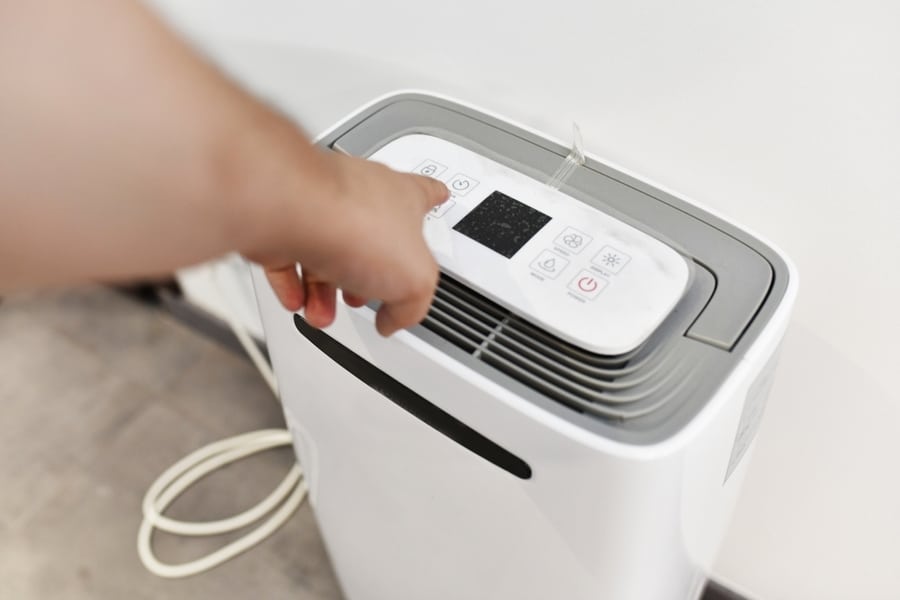
A dehumidifier is an electric air conditioning device that regulates a room’s relative humidity level. It carries out this activity by draining water from the surrounding air.
This process assists with the removal of musty smells and hampers the growth of unwanted organisms e.g., mildew and fungus.
Dehumidifiers are of different types, all of which have unique modes of operation.
However, the two primary types are refrigerant dehumidifiers and desiccant dehumidifiers. We shall explain both types in detail below.
Types of Dehumidifiers and Their Modes of Operation
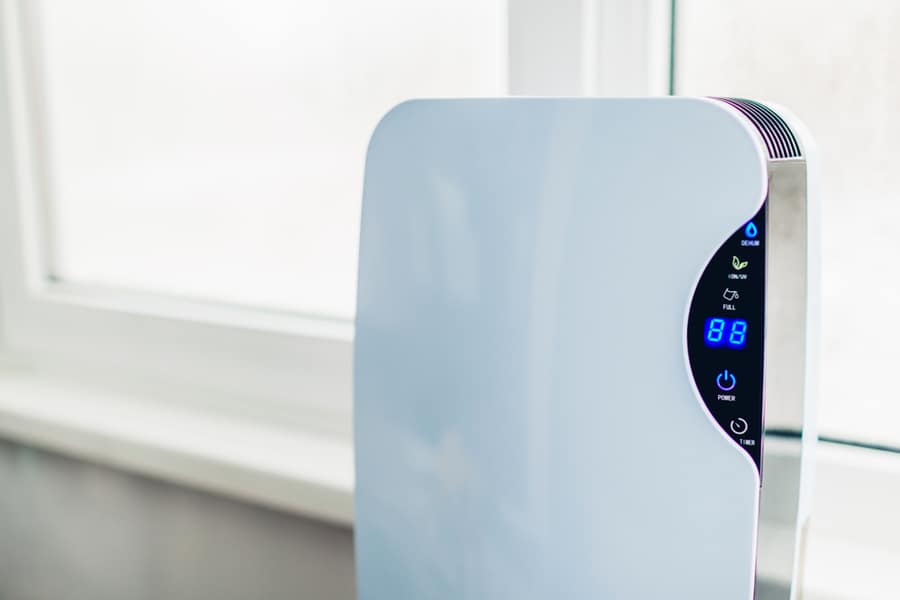
In the previous section, we stated that there are two main types of dehumidifiers, namely desiccant and refrigerant humidifiers.
In this section, we shall explore the modes of operation of both types starting with the refrigerant dehumidifier.
The first step of dehumidification in a refrigerant-type dehumidifier is the suction of warm air from the room into the dehumidifier coils via a fan. Upon entrance, the warm air contracts in the refrigerated coils, separating moisture (in the form of condensation) from the air.
The condensate collects one drop at a time in a tank affixed to the dehumidifier. Removing water from the air translates to releasing cool, dry air from another end of the machine.
On the other hand, the desiccant dehumidifier operates by utilizing a large desiccant wheel to trap moisture from the surrounding air.
The continuous absorption process increases the desiccant’s moisture content, resulting in decreased water trapping.
The desiccant constantly rotates to eliminate the trapped moisture, and an additional heated air stream is passed through the wheel.
A working dehumidifier should bring the moisture down to at least 50%. It should also have a meter on its body to help measure and vary the room’s humidity, allowing you to monitor the humidity level.
If your dehumidifier does not perform at this capacity, it is best to consult a licensed electrician for troubleshooting.
How Much Water Does a Dehumidifier Collect in an Hour?

Dehumidifiers can condense up to 3 pints of water per hour. In humid and tropical conditions, the quantity of condensed water can reach a staggering 5 pints.
This condensation level is best obtained when the machine regulates humidity at 50%.
Nevertheless, thanks to temperature variance and factors such as fan speed, RH levels, and water collector size, the amount of water that accumulates per hour isn’t constant.
It is common to discover that your dehumidifier has stopped collecting water for a while. Do not fret when this situation occurs because it is merely a control mechanism to prevent the dehumidifier from absorbing too much moisture.
Every dehumidifier is fitted with an automatic device that oversees this action.
How Long Will It Take a Dehumidifier To Fill Up?
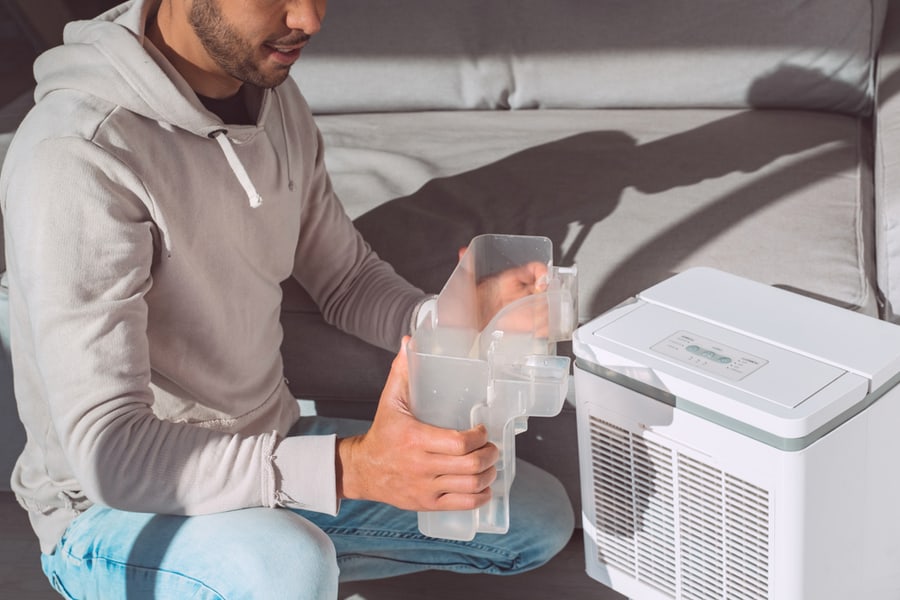
The time it takes for your dehumidifier to fill up depends on its carrying capacity/tank size, temperature, condensation rate, and humidity level. Most dehumidifiers perform best when the room temperature exceeds 65oF (18.3oF).
Thus, it is natural to expect more condensation and desiccation at this point, especially if the humidity level in your property is greater than 40%.
A tank of low volume will fill faster than one with a larger volume. This fact also applies to tanks with low condensation rates.
Advantages of Having a Dehumidifier in Your Home or Office
Some many perks and advantages come with owning a dehumidifier. They include but are not limited to the following:
- Mold Prevention
- Assists with the elimination of mites and moisture-loving bugs
- Improves air quality and reduces humidity
- Fosters a comfortable environment
- Reduces the occurrence of surface condensation, etc.
Refrigerants vs Desiccants
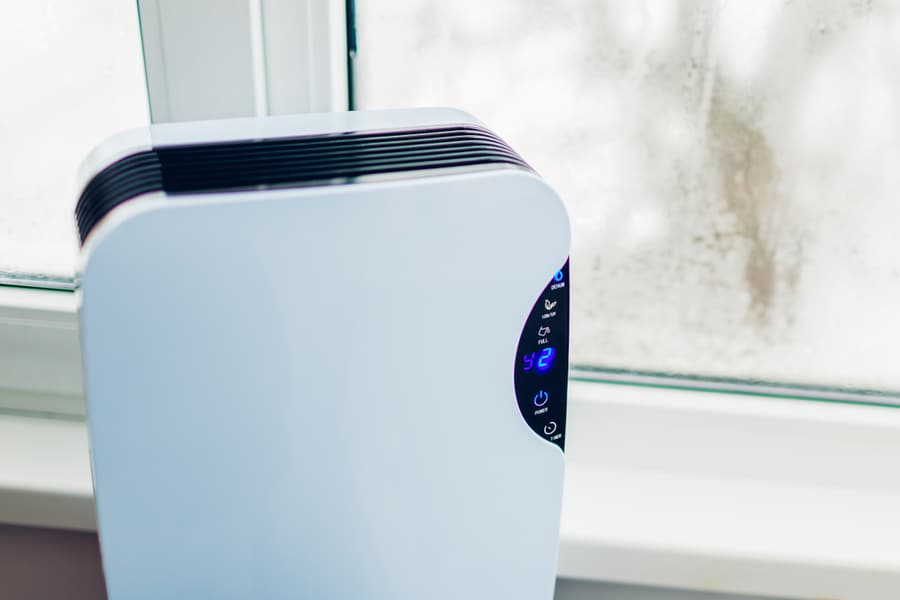
There is no right or wrong answer when addressing this question, as your choice should be whatever is best for your environment and within your budget.
In general, refrigerant/compressor dehumidifiers save up to 50% more energy than its counterpart.
However, desiccant dehumidifiers are smaller and operate with little or no noise, unlike compressor dehumidifiers which can be named a source of noise pollution.
Despite their differences, they both achieve the same goal, which is moisture removal.
Conclusion
A regular dehumidifier collects an average of 55 pints per day, with the possibilities ranging from 10 pints to 100 pints in 24 hours.
Dehumidifiers help bring down the humidity and moisture level in a house, thereby reducing and/or preventing the occurrence of mildew, mold, surface condensation, and pest infestations, among others.
Thus, if you battle with any of the above instances, you should consider acquiring a dehumidifier to keep the air in your abode dry and cool.
You can also grow a few plants indoors to assist with humidity and water absorption.
Frequently Asked Questions
Does Every Dehumidifier Collect Water?
No. Not all dehumidifiers collect water. Desiccant dehumidifiers absorb the moisture rather than collect it as refrigerant dehumidifiers do.
However, refrigerant dehumidifiers are more common, hence the perception that all dehumidifiers absorb water.
What Is Relative Humidity?
The relative humidity is a parameter that denotes the atmospheric water vapor content in air expressed as a percentage of what should be present in saturated air.
It is different from absolute humidity, a term that represents the weight of water in a unit volume of moist air.
Can I Use the Water My Dehumidifier Collects?
Yes, you can use the water your dehumidifier collects in its tank. Nevertheless, it is not suitable for drinking or cooking. It is best used for washing or watering plants.


